30. Warsaw Part 2
On Friday we had breakfast in the apartment, thanks to the grocery shop that we had done in the local Żabka store - in every Polish city there seems to be one of these stores on every street, sometimes even two.

We took a bus to Centrum and strolled around for a bit until it was time to begin our guided tour entitled World War II in Warsaw.
Our tour guide was amazing, her name was Gośka, and she was informative and entertaining at the same time.







The tour started in Castle Square, the castle itself was the very first target of the Nazi-German bombing in September 1939, when it was almost completely destroyed. After the war it was one of the first buildings to be reconstructed.
The tour moved on through Castle Square and the reconstructed Old Town. We stopped at the Adam Mickiewicz Monument, who is known as the national poet of Poland, and who has the same standing as Byron and Goethe.
Here Gośka explained the Nazi-German plans to reshape the Polish capital into a provincial German city of 200,000 and talked about everyday life in German-occupied Warsaw.
We then moved on to the Presidential Palace. This is the home and working office of the Polish President Andrezj Duda and is one of the few buildings that survived the war intact as it was the Nazi-German HQ in Warsaw.
Right next to it is Hotel Bristol which also was undamaged as it was the accommodation for high-ranking Nazi-Germans.
We also stopped at a third building which survived almost unscathed, as it housed lower-ranking officers. Gośka pointed out some remaining bullet holes which were deliberately left unrepaired during reconstruction.
We then stopped on plac Marszałka Józefa Piłsudskiego, just in front of what remains of the Saski Palace. This square was renamed Adolf Hitler Platz by the Nazis and it was where Hitler survived an assassination attempt on 5.10.1939.
Facing onto the square is the Tomb of the Unknown Soldier.
It is placed under the only surviving section of the Saski Palace. All around the square, an archaeological dig is in progress, in advance of a complete reconstruction of the palace scheduled for 2030.
Behind the Tomb are the former formal gardens of Saski Palace, now open to the public at all times as a city park.
We then stopped at a plaque to 130 local Warsovians who were assassinated by the Nazis in an act designed to promote mass terror among residents. There are numerous other similar plaques across the city.
Outside the Jewish Ghetto is a monument to those who perished there, Gośka explained how the Ghetto came into being, about the deportations to death camps and the Ghetto Uprising.
The footpath underneath shows exactly where the ghetto wall stood.
We stopped at what remains of a Polish prewar Bank (above), with a large monument to the Polish Resistance Movement in front of it.
The final stop on the tour was the 1944 Warsaw Uprising Monument. The close up below depicts Warsovians going down into the sewers to hide.
Some of the horrific facts about the uprising are given in the photo below.
Almost all of the churches in Warsaw were destroyed in the war, but walking round the city you would never know, as most have since been reconstructed in a traditional style, such as this one consecrated by Pope John Paul II.
One of the records that Warsovians keep repeating is that they were one of Europe's most bombed cities in WWII, where 85% of the city was destroyed. On a more positive note, they also like to boast that the reconstructed National Opera House (below) has the higgest and highest stage in the world, even bigger than the Sydney Opera House.
At the end of our 2.5 hour walk, we had built up quite an appetite and I asked Gośka for her recommendation for a restaurant for dinner nearby. She advised us to go to Zapiecek which served traditional Polish food.
We shared a mixed plate of pierogi to start and followed it with a roast pork stew with fried potato dumplings and a stuffed potato pancake served with a forest mushroom sauce. Everything was delicious and the portions were huge and very filling.
On our way back to the apartment, we happened to pass an Irish pub, in this case just called Irish Pub, so here goes the usual picture.
After a few hours relaxing (in the apartment, not the Irish Pub !) it was time to make our way to a gig by Chrissie Hinde and The Pretenders. They are now known simply as Pretenders in an attempt to distinguish between the original band members and the current set up, who are young enough to be Chrissie's great-grandchildren!
Chrissie looked and sounded amazing for 73, and overall she and the band gelled so well together.
The venue was quite small and Tricia remarked that it reminded her of Seapoint in Salthill.

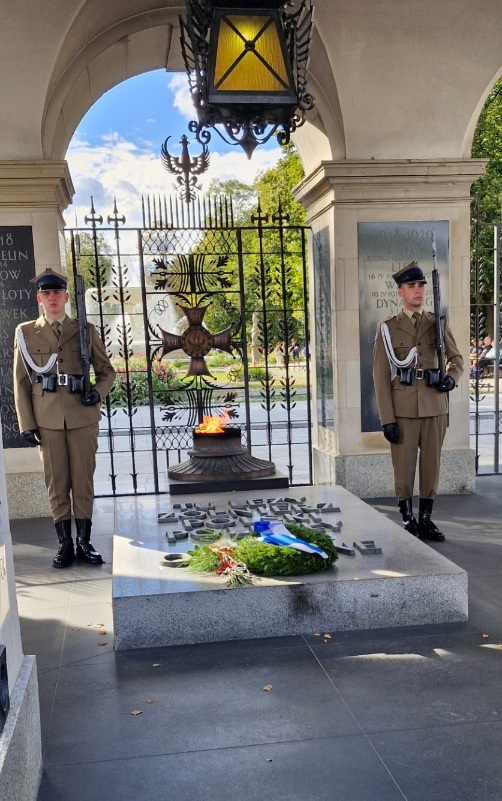
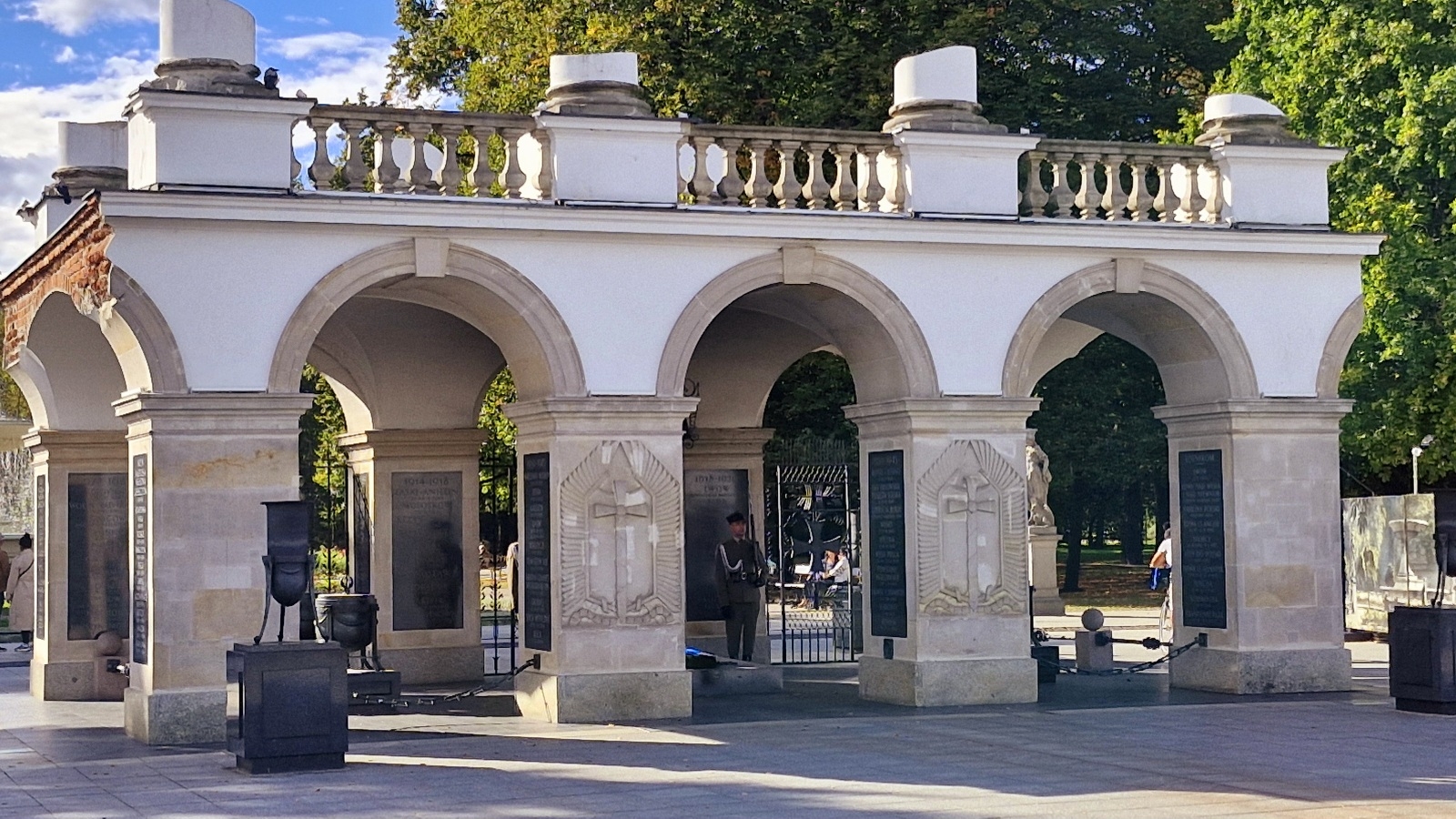


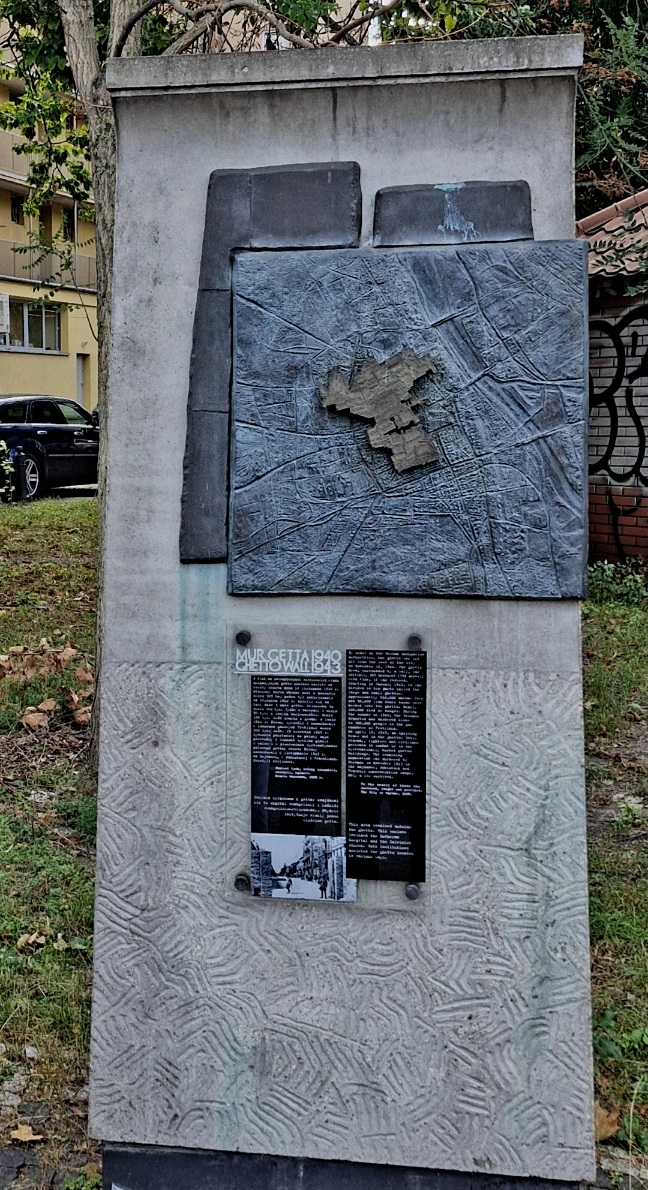



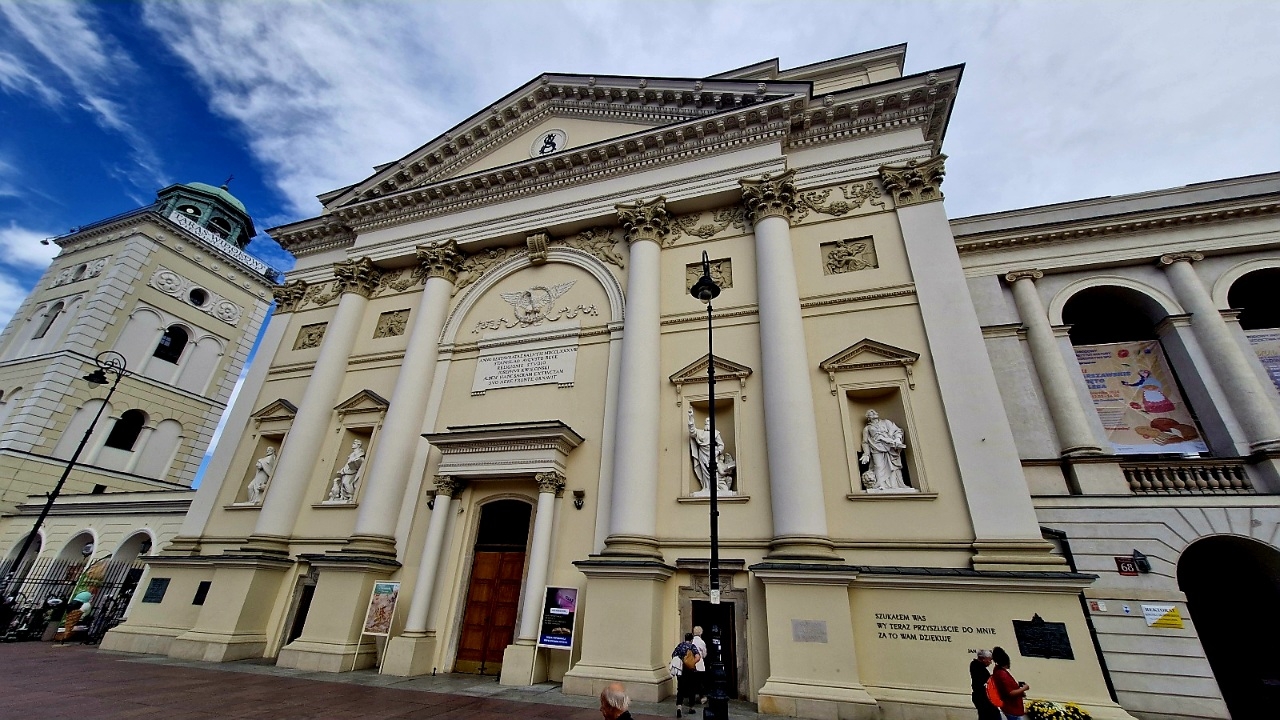
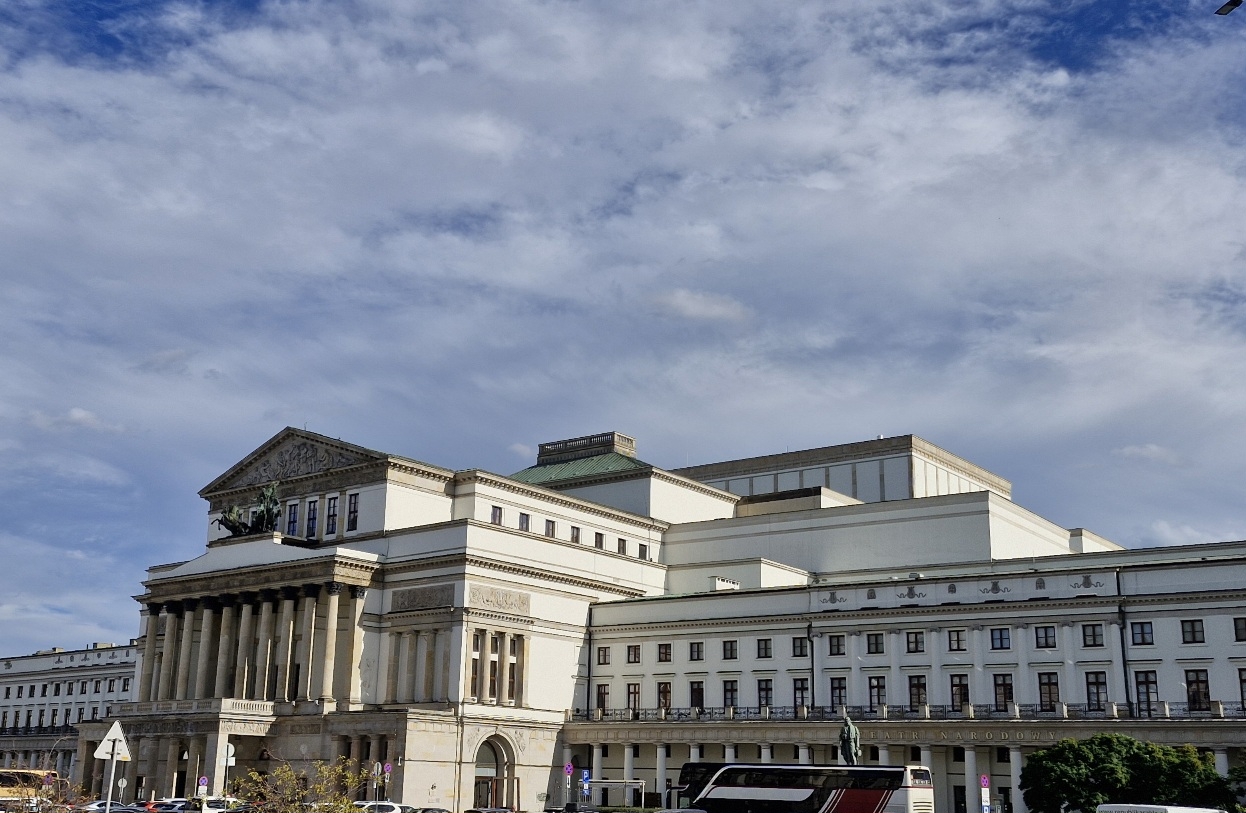


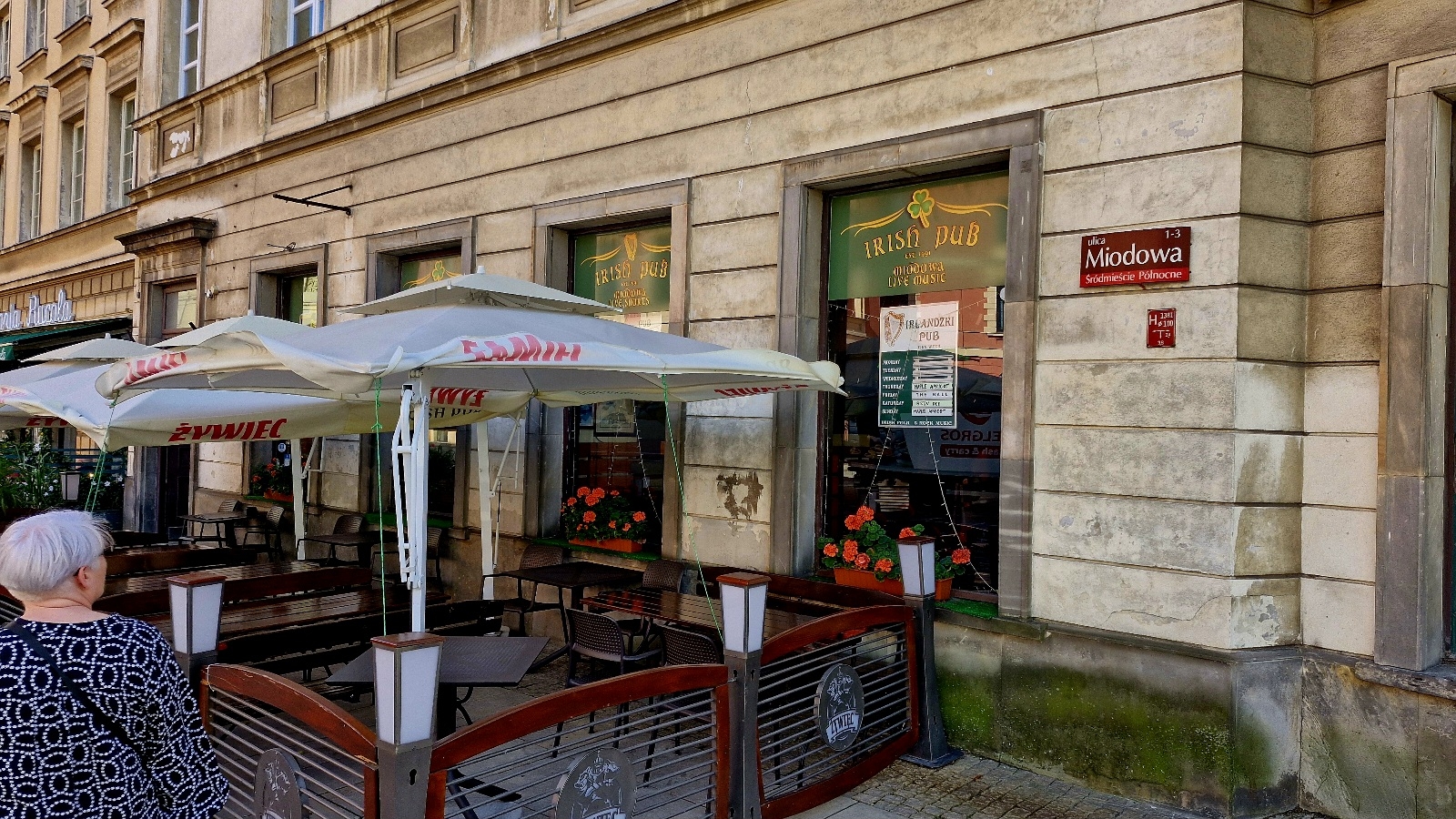




Comments
Post a Comment